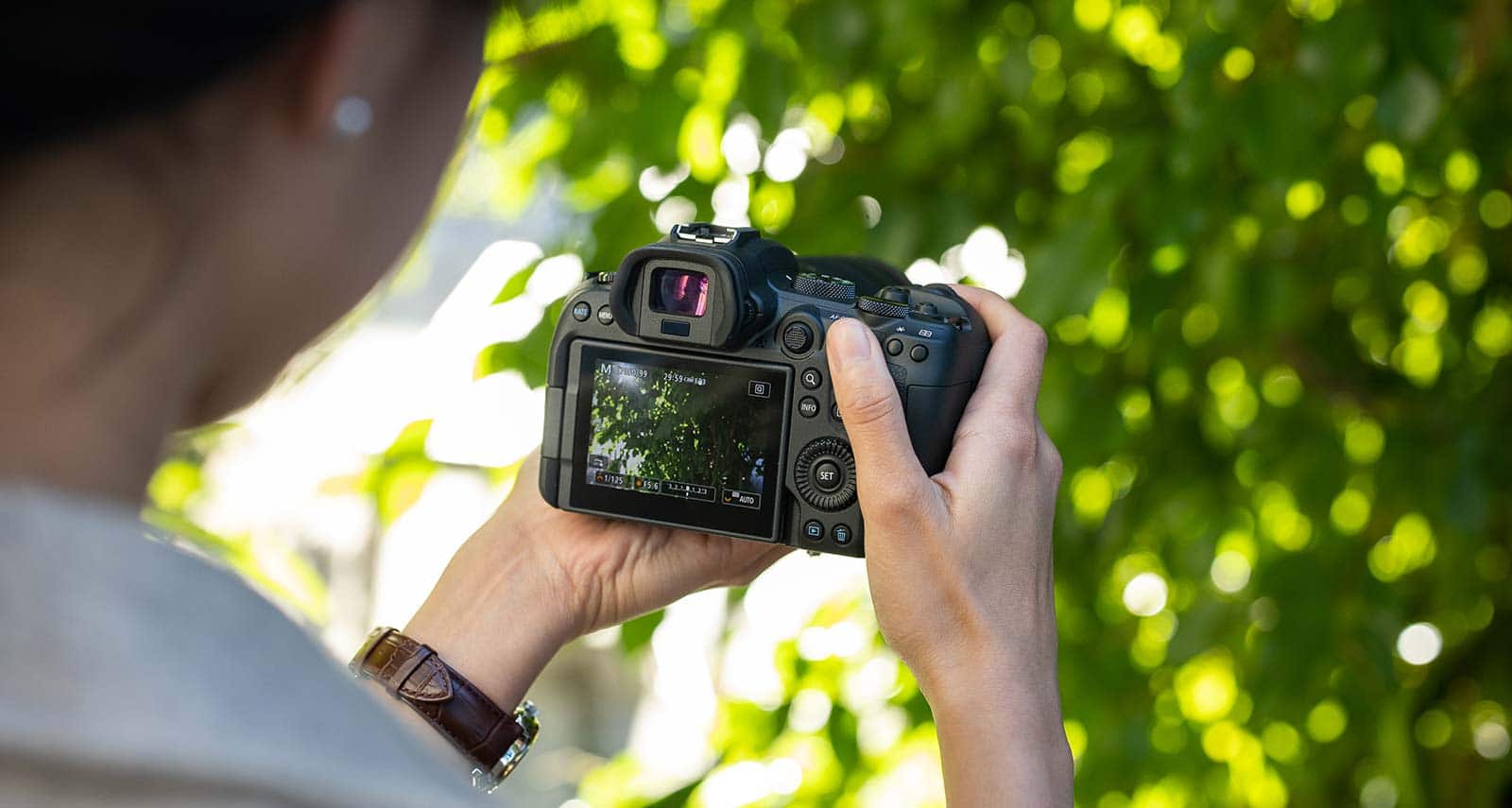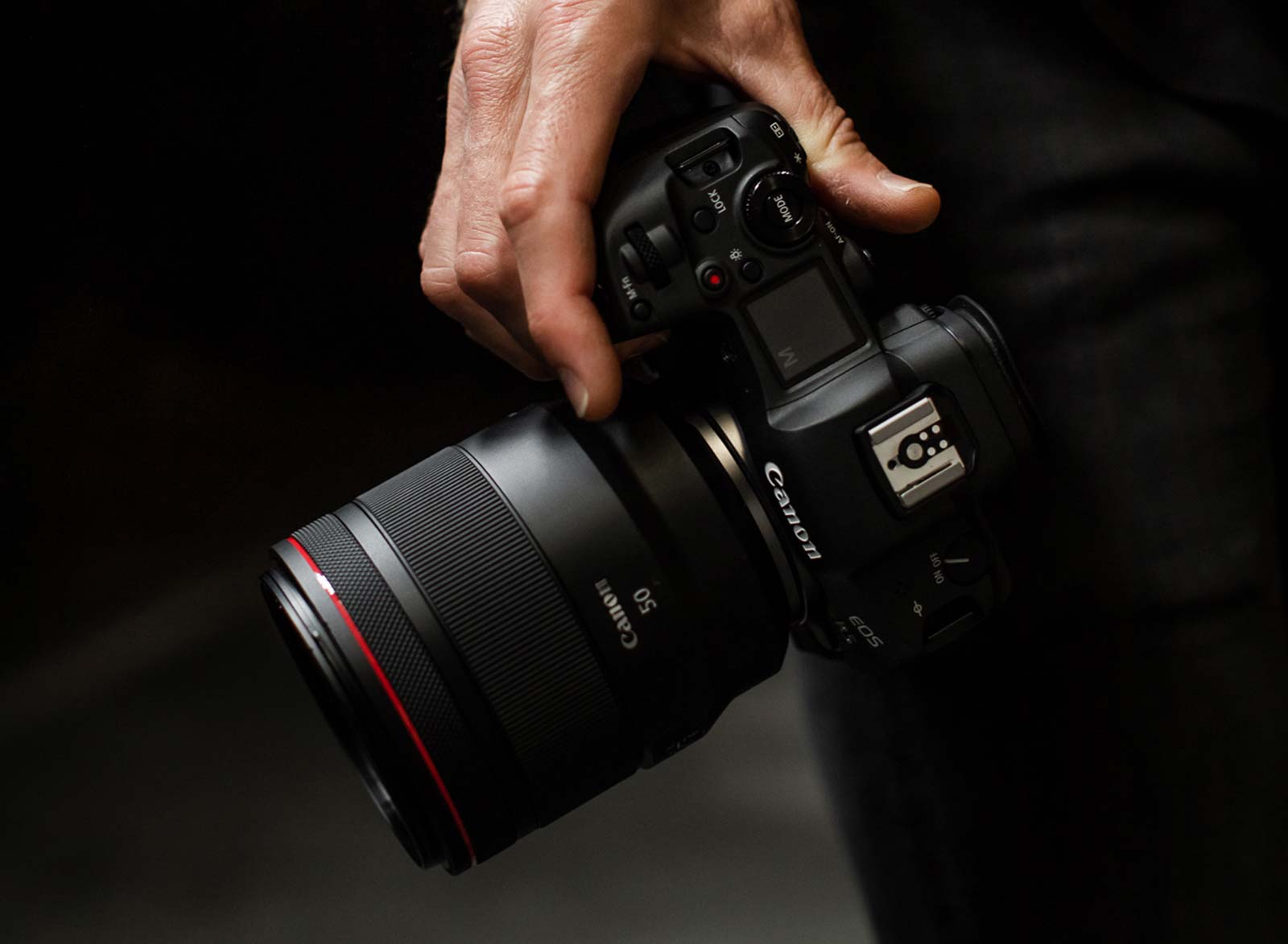Of all the things that impressed us about Canon’s recent 8K camera announcement, one took us off guard, and it might just be something that can help when you least expect it.
Before this journalist was a technology writer, he was a photographer and a digital operator. Whether working on set to sort, sharpen, and grade photos, or walking around a race track or music concert carrying an oversized camera, lens, and a stick mounted to either, he was part of that world where images meant money, and snapping was a salary.
It’s a job that comes with its perks, but can also come with absolute failure: when your memory card fails, so too do the images you’ve shot with them. It’s one of the reason photo assistants and digital operators have for years backed up photo shoots as they happen, saving images from the clutches of a potential memory card failure which in turn can see dollars and cents swirl down the drain.
A digital loss can be the worst case scenario to deal with, and if you’ve ever had a card fail on you, much like when a computer fails, you’ll swear black and blue that you’ll come up with a better way of dealing for the next time.
And you might, but it’s also possible you won’t. We can become very complacent over time, especially in regards to storage and backing up, thinking after a while that we’re good, until the worst happens yet again.
Photography can be a hassle that way, because the more you take, the more you need to back up, particularly if you’re on set and on shoot.
In fact you’re not just backing up to save yourself from the potential failures of memory cards, but from the possibility of stolen hardware. Imagine going on an international trip or honeymoon, taking the best photos, and then discovering as you made it back to your room one night, the camera has been stolen. It’s not just the camera that’s missing, but the photos with them. The camera is replaceable; the images are not.
So imagine our surprise when we learned someone might have come up with a solution, and a modern one at that.
What is Image.Canon?
It’s something released by Canon, and essentially offers a set and forget approach to backing up images for its new cameras, with a slightly more coordinated approach for its older cameras, with a bit of compatibility for cameras not made by Canon either. Kinda, sorta.
Called Image.Canon — and found at that exact web address using a “.canon” domain name — it’s a cloud service that users can connect to via their EOS R5 and R6 camera, which will back up their photos to whenever they’re in reach of a known WiFi network. It means whether you’ve just been out for a night with friends and have snapped a hundred photos, or have grabbed a full day’s worth of images on set using one of these cameras, the moment you return to your home, business, or hotel room with a known WiFi network, the camera will start uploading to the cloud. Back up done, so to speak.
You have an unlimited amount of space for these backups, but only for 30 days. In that time, Image.Canon wants you to either back up your images to another cloud storage solution — such as Google Drive, Google Photos, Adobe Creative Cloud, and others — or even back to your computer, effectively giving you a way of moving images from your camera without even touching it. After the 30 days are done, the images will be deleted, so you’ll want to move those photos to another service of yours, or even a computer.
If you don’t have one of those services, Canon is providing 10GB of long-term storage, provided you keep using the service, which is provided free to anyone with a Canon ID.
This works not just as a backup, but also as a way of letting you share photos you’ve captured on your camera using your phone, connecting it with the app on your phone to make sharing from a camera that isn’t on your phone a little easier.
And that’s certainly the case with newer cameras, such as the newly announced EOS R5 and R6, with the auto-backup built in. But what about older cameras?
Is Image.Canon compatible with older cameras?
Speaking to Canon’s local arm in Australia, we found that the backup service that is Image.Canon could be compatible with older WiFi-enabled Canon cameras, but that it might not work the same way.
After all, there have been quite a few Canon models with WiFi over time, and so while old models might support wireless networking, they might not be compatible with the automatic updating.
Essentially, older Canon models with WiFi should work, but they just might require you to trigger the upload from the camera, or even from your computer.
Is Image.Canon compatible with camera models not made by Canon?
Because getting images from your computer back to the Image.Canon cloud is possible, it technically means anyone without a Canon should be able to use the service, too.
The automatic backup is specific to Canon’s newer cameras, that much is true, but if you’re backing up photos from a Sony, Nikon, or any other camera — even your phone — you should be able to do it using the apps.
Are there limitations?
Image.Canon is sure exciting, a breath of fresh air for a problem photographers genuinely face.
When we heard about it for the first time, we were literally shocked. Image backups are a genuine issue for photographers, be it pros, amateurs, and enthusiasts, and this has the potential to at least prevent huge failures, be it from a card failure or someone stealing your gear. Both are serious issues, and this is a solid solution.
I look at this and think “wow”. What a genius thing for a company to do. Why didn’t anyone think of this sooner?
There are limitations, however most may be on our end, or at least the end of whomever provides internet access.
You see you can upload images and video, which means high-resolution videos and RAW files could see you taking time. That’s a problem because while both downloads and uploads have improved drastically with the NBN rollout, upload speeds aren’t typically staggeringly fast, so if you’re capturing a lot of images, you might not see a full backup quite as fast as you think. We suspect the matter will be worse when we’re on the road with hotels, which aren’t known for amazeball WiFi upload speeds.
A potential solution, at least in Australia, might be to keep a 4G or 5G WiFi hotspot with you as you capture, allowing Canon cameras to upload as you capture, meaning you’re backing up as you take the photos.
The other obvious limitation will come down to which camera you have in your life, which is a serious one if you have no intentions to upgrade yet. We suspect Canon will include this feature in models to come, and imagine it won’t be long until other camera companies jump on the bandwagon.
For now, the auto-backup is a potentially life and career saving feature you can find on new Canon cameras, with everyone else able to use the service with a little bit of elbow grease and time, too.







